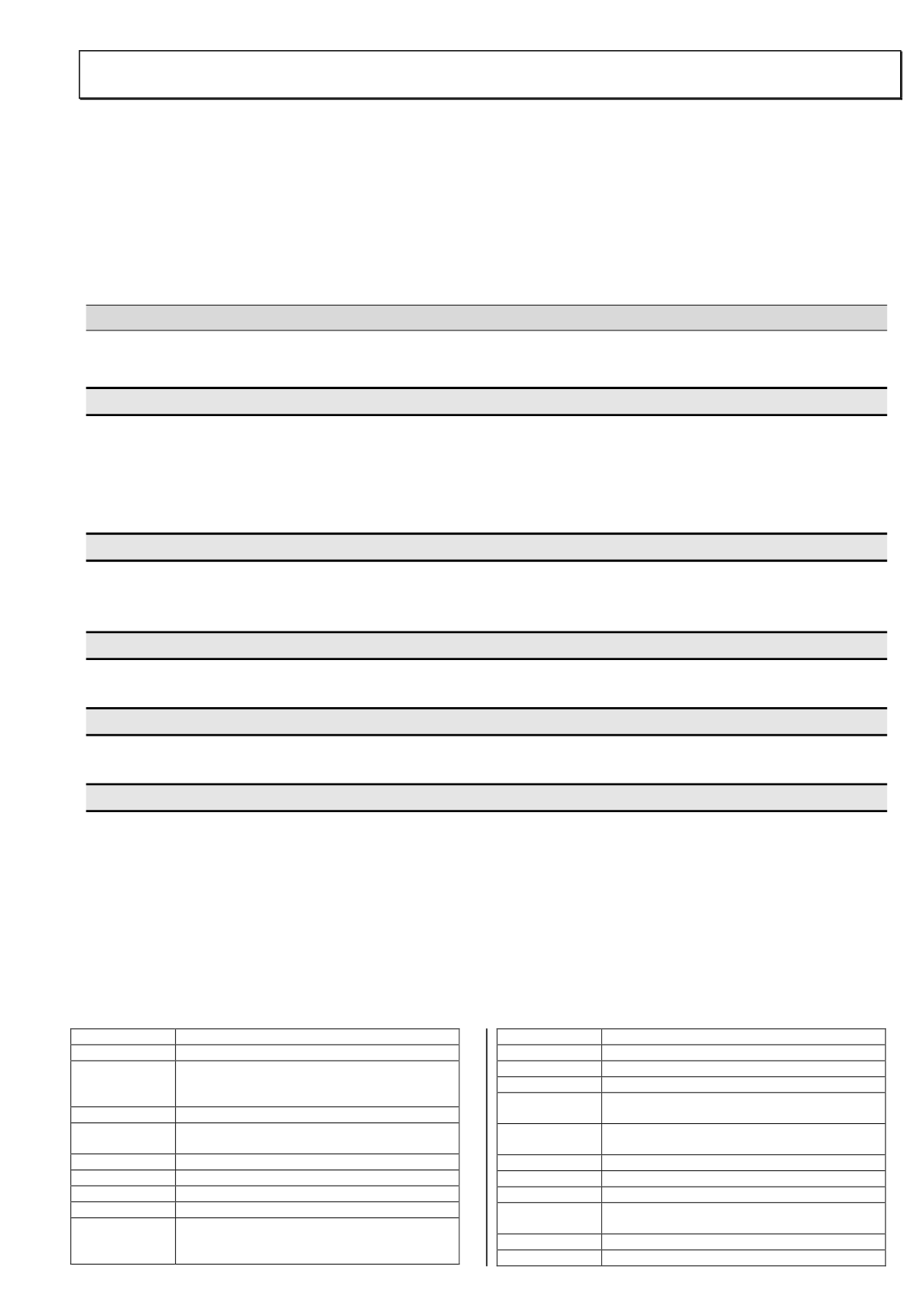

SPEED
Page
5
of
6
Short Term Exposure
:
Significant oral exposure is considered to be unlikely. However, this product is an oral
irritant. Symptoms may include burning sensation and reddening of skin in mouth and throat. Other symptoms may
also become evident, but all should disappear once exposure has ceased.
Long Term Exposure
:
No data for health effects associated with long term ingestion.
Carcinogen Status:
SWA:
No significant ingredient is classified as carcinogenic by SWA.
NTP:
No significant ingredient is classified as carcinogenic by NTP.
IARC:
2-butoxyethanol is Class 3 - unclassifiable as to carcinogenicity to humans.
See the IARC website for further details. A web address has not been provided as addresses frequently change.
Classification of Hazardous Ingredients
Ingredient
Risk Phrases
Sodium Metasilicate
>=5%Conc<10%: Xi; R36/38
Section 12 - Ecological Information
Insufficient data to be sure of status. However, until diluted or neutralised it will kill all aquatic organisms it contacts
due to high pH.
Biodegradation studies indicate that 2-butoxyethanol will be readily degraded by micro-organisms present at
sewage treatment plants. Ready biodegradability tests showed that it achieved a biodegradation rate of greater than
77% after 3 days and 100% after 7 days. A 20-day biochemical oxygen demand test and an OECD 28-day closed
bottle test gave it degradation rates of 75% and 88% respectively. Literature data confirm these results.
Section 13 - Disposal Considerations
Disposal:
Containers should be emptied as completely as practical before disposal. If possible, recycle product
and containers either in-house or send to recycle company. If this is not practical, send to a commercial waste
disposal site.
Section 14 - Transport Information
UN Number:
This product is not classified as a Dangerous Good by ADG, IATA or IMDG/IMSBC criteria. No
special transport conditions are necessary unless required by other regulations.
Section 15 - Regulatory Information
AICS:
All of the significant ingredients in this formulation are compliant with NICNAS regulations.
The following ingredients: 2-Butoxyethanol, Sodium metasilicate, are mentioned in the SUSMP.
Section 16 - Other Information
This SDS contains only safety-related information. For other data see product literature.
THIS SDS SUMMARISES OUR BEST KNOWLEDGE OF THE HEALTH AND SAFETY HAZARD INFORMATION OF THE PRODUCT
AND HOW TO SAFELY HANDLE AND USE THE PRODUCT IN THE WORKPLACE. EACH USER MUST REVIEW THIS SDS IN THE
CONTEXT OF HOW THE PRODUCT WILL BE HANDLED AND USED IN THE WORKPLACE.
IF CLARIFICATION OR FURTHER INFORMATION IS NEEDED TO ENSURE THAT AN APPROPRIATE RISK ASSESSMENT CAN BE
MADE, THE USER SHOULD CONTACT THIS COMPANY SO WE CAN ATTEMPT TO PROVIDE ADDITIONAL INFORMATION.
OUR RESPONSIBILITY FOR PRODUCTS SOLD IS SUBJECT TO OUR STANDARD TERMS AND CONDITIONS, A COPY OF
WHICH IS SENT TO OUR CUSTOMERS AND IS ALSO AVAILABLE ON REQUEST.
Please read all labels carefully before using product.
This SDS is prepared in accord with the SWA document “Preparation of Safety Data Sheets for Hazardous
Chemicals - Code of Practice” (December 2011) and is Copyright ©.
Abbreviations and Definitions of terms used:
<
less than
>
greater than
ADG CODE Australian Code for the Transport of
Dangerous Goods by Road and Rail (7
th
edition)
AICS
Australian Inventory of Chemical Substances
CAS
Chemical Abstracts Service (Registry
Number)
COD
Chemical Oxygen Demand
deg C
Degrees Celsius
g
gram
g/L
grams per litre
Hazchem
Code
Emergency action code of numbers and
letters that provide information to emergency
services especially firefighters
HSIS
Hazardous Substance Information System
IARC
International Agency for Research on Cancer
kg
kilogram
L
Litre
LC50
The concentration of a material (inhaled) that
will be lethal to 50% of the test animals.
LD50
The dose (swallowed all at once) which is
lethal to 50% of a group of test animals.
m3
Cubic metre
mg
milligram
mg/m3
milligrams per cubic metre
miscible
A liquid that mixes homogeneously with
another liquid
N/A
Not applicable
N/K
Not Known


















